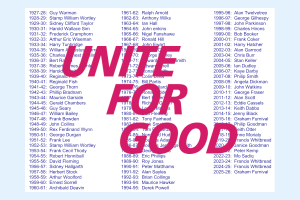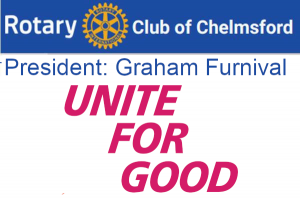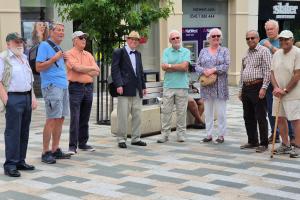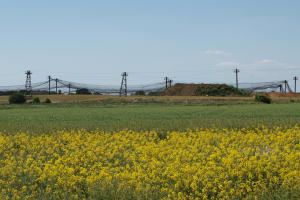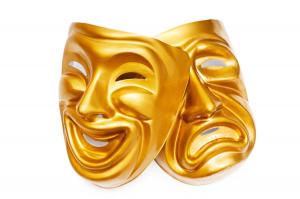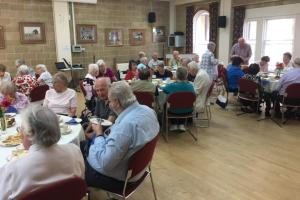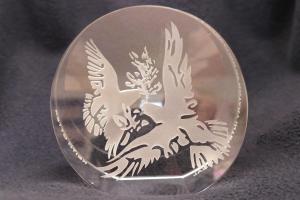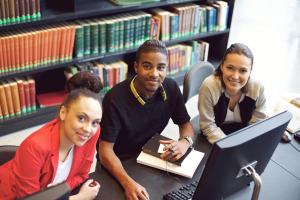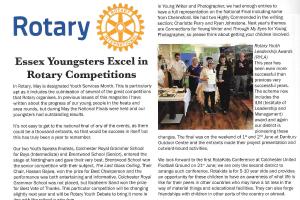Tour of Ingatestone Hall
Tue, Jun 21st 2022 at 10:00 am - 12:00 pm
The seat of the Petre family

On the morning of Tuesday, 21 June 2022, twelve of us assembled at Ingatestone Hall for a conducted tour. There should have been fourteen of us on the tour but two had to attend a funeral instead.
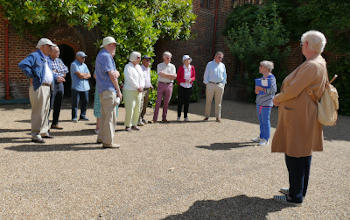 Our tour guide met us at the gates and took us into the visitors’ café for tea/coffee and biscuits. There were family portraits all round the walls.
Our tour guide met us at the gates and took us into the visitors’ café for tea/coffee and biscuits. There were family portraits all round the walls.
It is impossible to remember all the rooms we visited or all we were told. The guide was a fount of information.
A farmhouse originally occupied the site on which Ingatestone Hall now stands. It was owned by Barking Abbey and acquired by William Petre (later Sir William Petre), a lawyer appointed by Henry VIII as one of his “Prompters” overseeing the dissolution of the monasteries. William Petre had the farmhouse replaced by a large Tudor mansion built round a courtyard. (Part of the building was later demolished so it is now a Tudor house with two wings.) William’s appointment as a Prompter was unusual because he was himself a Roman Catholic, as are his present-day descendants.
The house has seen many royal visitors over the centuries, including Mary Tudor and her half-sister Elizabeth I. The latter visited as part of a grand tour around the East Anglia, staying as the non-paying guest of noble families. She was accompanied by 350 courtiers, whom she took with her to stop them plotting against her in her absence. There were also many servants and horses and a baggage train that stretched over a mile. Entertaining the royal party was a very expensive business. One meal for them all cost the equivalent of over £20,000 in today’s money. Our guide commented that the Queen would move on once the privies were full.
The ground floor rooms are all floored with local oak and panelled, much of the panelling being Tudor. This always being a Roman Catholic household, there are two “priests’s holes” hidden away behind panelling. One of them was originally reached by climbing down a ladder from an first-floor bedroom. When the Queen Mother visited the house another entry was made on the staircase to stop the her being forced to kneel down to look into it.
The ground floor rooms contain much interesting furniture and numerous portraits. There is a particularly fine portrait of the current Lord Peter in his Lord Lieutenant’s uniform. As the Queen’s representative in Essex it was his duty to welcome royal and other notable visitors to Essex, including Barack Obama when he landed at Stansted. He retired as Lord Lieutenant about five years ago.
The paintings include some by Stubbs, another Roman Catholic. When he fell out of favour for a while the then Lord Petre commissioned some portraits from him. Naturally they had to be equestrian!
One room that does not have portraits is the dining room, which has tapestries instead. Our guide told us that the largest and oldest of them was at one time stored in a barn in the belief that it was just an old carpet. When it was recognised for what it was the cleaning process started with it being dragged through wet grass to remove the surface dirt, although toothbrushes were later used for finer cleaning.
We were able to visit some of the first floor rooms, including one which is recognised as “The Master’s Room” even though the current Lord Petre has never lived in the house. (One wing is occupied by his son).
Of course, all noble houses have to include a “long gallery” for the display of family portraits. Ingatestone Hall is no exception. A glass case in the long gallery contains a display of the communion vessels that would have been hidden in one of the priest’s holes.
It also contains Lord Petre’s coronation robes and parliamentary robes. Lord Petre will never wear the parliamentary robe again now that the House of Lords has been reformed to exclude many of the hereditary peers. He or his son will wear the coronation robe when Prince Charles is crowned as King. Our guide commented that the coronation robe might look a bit shabby but that was a good thing because it showed that the family was an ancient one and had been using the same robes for a long time.
From the first floor we made our way down stairs to the grounds, where our tour ended. It had been a very enjoyable morning.
'What We Do' Main Pages:
